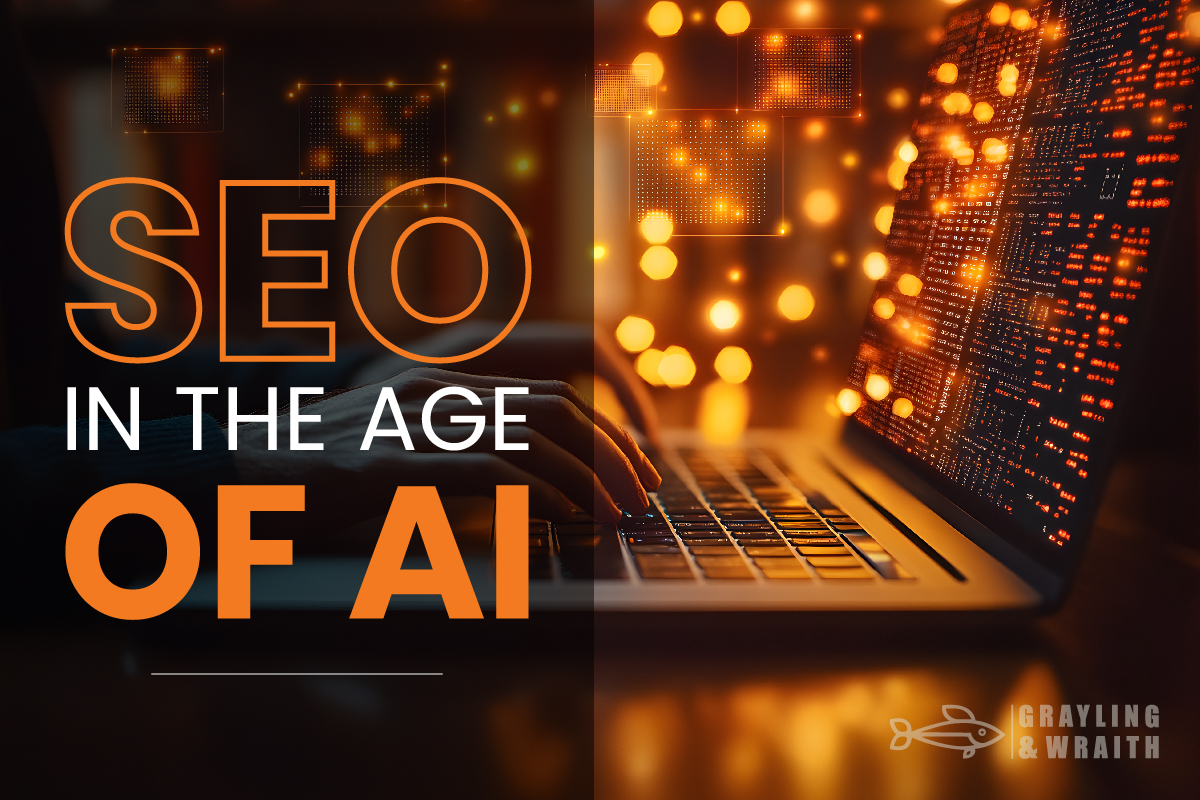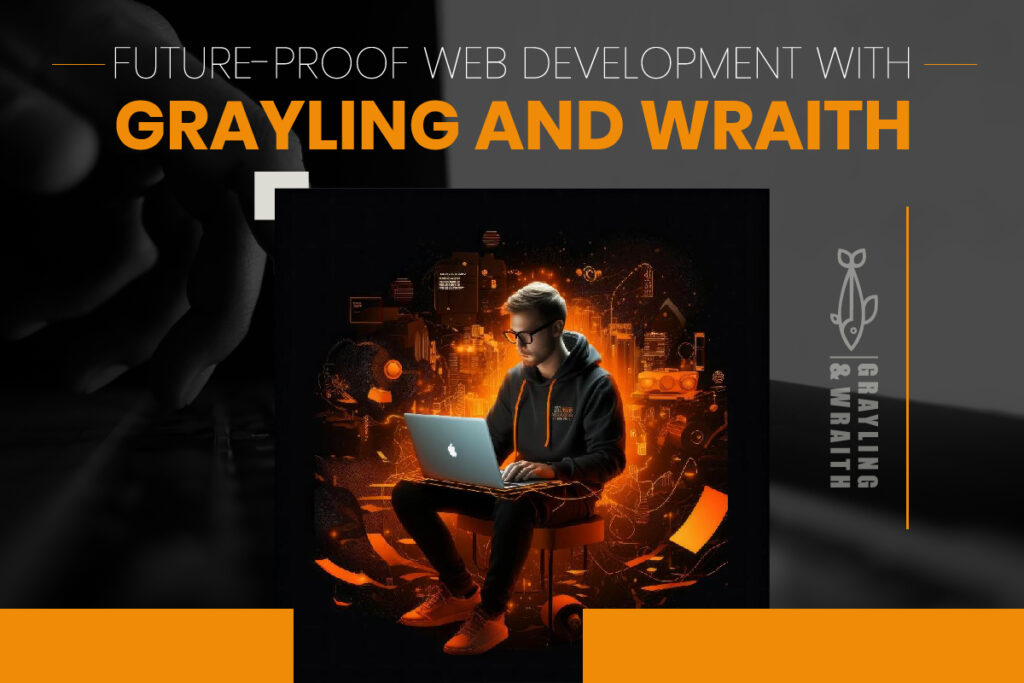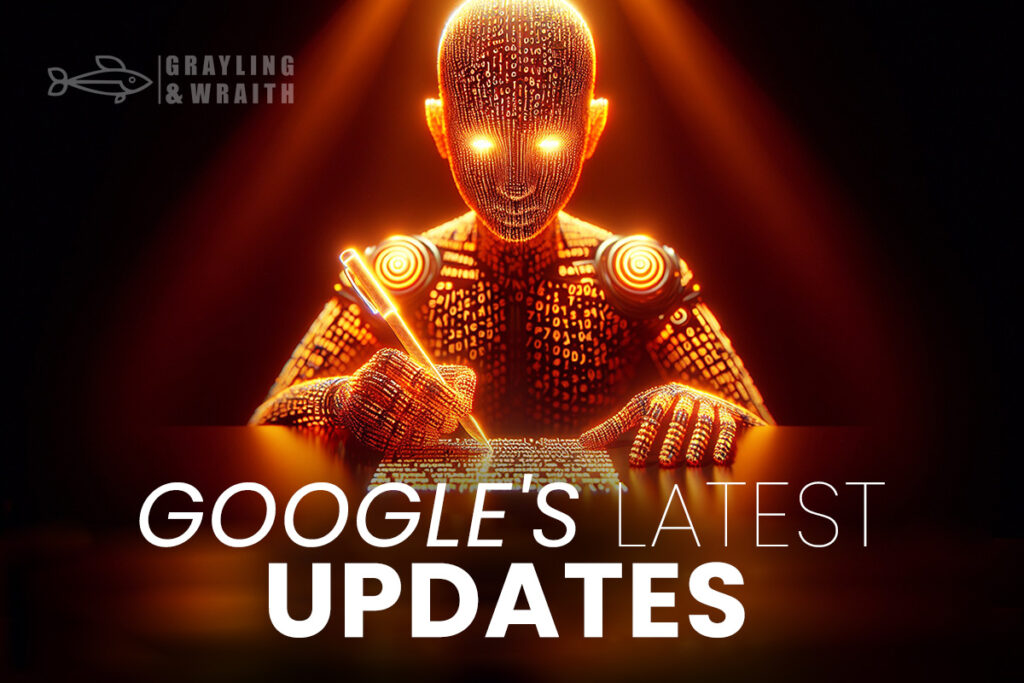In today’s competitive market, knowledge of search engine optimization is crucial for every business organization intent on being at the forefront of their industry. In this ever-advancing age of artificial intelligence (AI), conventional approaches to SEO are not working anymore. This article will provide practical advice and tips on using AI in your SEO practices. You’ll learn how to outrank your competitors in search results. By the end of this article, you will know exactly how to exploit AI for effective keyword research. Additionally, you will gain insights into content production, voice-assisted searches, customized searches, semantic search optimization, and effectual link-building.
Understanding AI-Driven Keyword Research
The Changing Nature of Keyword Research: SEO in the Age of AI
Keyword research remains a cornerstone of all SEO strategies, but in the age of AI, it’s undergoing a transformation that goes beyond traditional methods. With AI-powered tools, keyword research has evolved, allowing marketers to process vast amounts of data more accurately and quickly. These tools don’t just suggest keywords; they delve into user behavior, analyze search trends over time, and assess strategies employed by competitors.
Key Insights:
- Predictive Analytics: AI helps users forecast keyword demands by analyzing past data, searches, and trending topics. This approach has a significant advantage. Companies can create relevant content even before it becomes a demand in the fierce search engine race, allowing them to stay ahead of the competition.
- User Intent Analysis: Content on web pages is created to satisfy users’ needs. Search queries reveal what users are looking for. However, search behavior can indicate more. It can show if the visitor is gathering data, planning to buy something, or searching for a problem-solving item. This helps businesses choose the most appropriate keywords at various stages of a buyer’s journey.
Optimizing Content with AI Insights
Keyword optimization is just one part of the broader content optimization techniques available in the age of AI. Creating market-ready or internet content requires more than traditional approaches. AI offers a wealth of insights into content effectiveness, provides real-time advice, and conducts extensive domain analysis to refine and enhance your strategy.
Advanced Techniques:
Real-Time Suggestions: Modern AI tools now feature real-time suggestions that can be integrated directly into content management systems like WordPress. While crafting content, these tools offer instant recommendations for optimizing the text. They evaluate various parameters, such as keyword optimization and content engagement, helping to increase user interaction and the frequency of published articles.
Content Gap Analysis Advanced Techniques: Content Gap Analysis The importance of filling these content gaps cannot be overestimated. This capability does content-wise analysis of the Content gap between competitors and your company’s website. This analysis helps identify which sections are performing better on your rival websites. It shows areas where your site is lacking and where you may have a chance to produce content. This allows you to join and compete in that race effectively.
Leveraging these advanced techniques is crucial for staying ahead in the race for search engine dominance in the age of AI. SEO in the Age of AI requires understanding and mastering these tools to optimize your content strategy fully.

Content Creation with AI Insights
The Role of AI in Modern Content Creation
In today’s competitive digital landscape, achieving top search engine rankings and capturing your audience’s attention requires more than just good content. It demands quality content created with strategic insights. SEO in the Age of AI introduces artificial intelligence as a vital tool for content creators. AI offers data-driven insights that automate processes and enhance content production rate and quality.
AI-Driven Content Strategy:
- Content Personalization: AI is a powerful tool that enables personalization at scale based on user behavior, browsing history, and data like demographics and preferences. This approach increases the likelihood of capturing and engaging users. As a result, users tend to stay on the website longer, leading to a higher conversion rate.
- Automated Content Generation: AI programs can automate the creation of various types of content, including product descriptions, news briefs, and complex analytical papers. While AI-driven content creation shouldn’t entirely replace human-generated content, it can significantly reduce the time and effort needed to produce large volumes of content. This efficiency allows organizations to maintain a steady flow of new content. Consistently publishing content is critical in sustaining effective SEO in the Age of AI.
Making the Content Even More Relevant through the use of NLP
Natural Language Processing (NLP) is part of AI systems, but its primary focus is the relationship between humans and language as they interact with computers. The application of NLP enables artificial intelligence to generate and comprehend human language logically and sensibly.
For instance, NLP analytics is applied in:
- Sentiment Analysis: NLP can assess the attitudes and feelings of digital content users. This applies to social media posts, reviews, and comments. Understanding sentiment analysis of a brand, product, or topic helps create content. When content resonates with the audience’s emotions, it boosts engagement with the brand.
- Contextual Understanding: NLP helps throughout this process by allowing the AI to determine where particular keywords are used instead of just stuffing the content with the necessary keywords. This helps meet the user’s needs appropriately as it targets what the individual intends to search for, increasing the chances of attaining better results.
Voice Search Optimization
The Rise of Voice Search
Voice search is gradually changing the relationship between users and different search engines. As more individuals begin using smart devices like Amazon Alexa, Google Assistant, and Apple Siri, voice search becomes a key part of search engine optimization strategies. With the rise of voice search, new opportunities emerge in the marketplace. Businesses not implementing voice search optimization strategies will likely lose out on a significant portion of the market.
Voice Search Characteristics
- Natural Language Queries: When users perform a voice search, they use a conversational tone. Voice searches are usually longer compared to regular searches. Instead of typing short or partial phrases, users are likely to pose complete questions. This is because voice searches employ natural language. The changes in engagement patterns expect businesses to change their keywords to affect more conversational Phrases and Questions.
- Mobile Integration: Voice searches primarily use mobile apps or phones, which increases the urgency of mobile user optimization. Websites must be mobile-friendly, load quickly, and be designed to be responsive. These factors enable businesses to benefit from voice search-related traffic. Additionally, since most voice searches are geography-based, it is crucial for companies aiming to serve people in their region.
Strategies for Voice Search Optimization
To take advantage of the increasing trend of voice search, businesses must apply unique tactics that target the nature of users’ voice queries.
In Strategic Aspects:
- Focus on Conversational Keywords: Conversational voice searches require recognizing and using long-tail keywords and phrases that depict how people speak. In this case, keywords that pose question prompts are encouraged because a large number of voice searches initiate with “how,” “what,” “where,” or “why.”
- Remember Structured Data: Also known as schematic markup, structured data is critical as it helps search engines interpret the information contained in a website. Integrating structured data increases the probability that the essence of content gets provided as a reply when the user performs a voice search. It is ideal for local businesses as structured data helps enhance their presence in local search results through custom sections.
Optimizing for Featured Snippets
Unfortunately, the featured snippet is clear, short, and accurate decisions and answers visible at the top of the search engine optimization solutions provided through Google, also known as “Position Zero.” Users of voice search tools often utilize this type to answer their questions. Enhancing your content to target featured snippets will also increase the chances of smashing the voice search results.
Snippet Optimization Tips:
- Direct answers: Formulate the content to give answers to the most common questions asked in your field.
- Use Lists and Tables: Featured snippets most often contain lists, tables, or dot points, and therefore, content marketing for how-tos, comparisons, or data that has to be driven should be better arranged in this format.
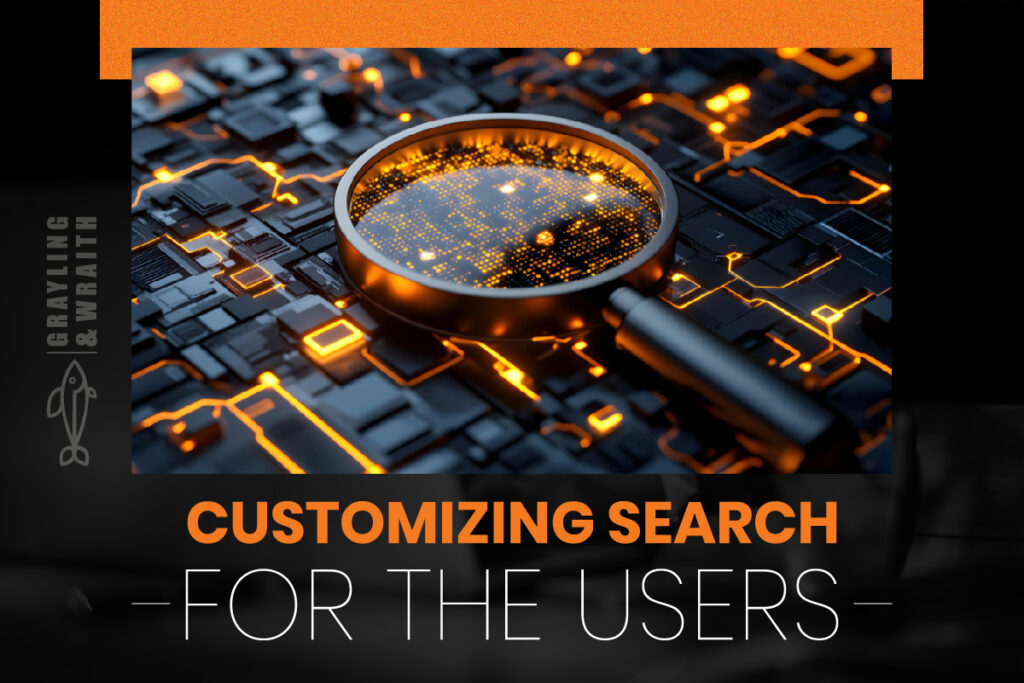
Customizing Search for the Users
AI and the Direction of Personalized Search
In a reimagined SEO world, personalized search delivers search results crafted around each individual’s activity, preferences, and geolocation. Search engines harness this change with the help of AI, which brings a new perspective by helping to process an enormous amount of user data. As a result, conventional SEO will no longer exist in its traditional form. Traditional approaches must now include personalization practices targeted at selected groups of users.
SEO in the Age of AI demands that businesses adapt to these changes. It’s crucial to align SEO efforts with the growing trend of personalized search. By leveraging AI-driven insights, companies can craft content and strategies that resonate more deeply with their target audience. This approach ultimately enhances user engagement and improves search engine performance.
Effect on the SEO:
- Behavioral Targeting: Then there is AI, which collects and processes all past actions, such as searches made by the user, which pages were clicked, and how long they stayed on those pages. Such information helps provide more efficient content recommendations to users.
- Local SEO: As time passes and AI improves in recognizing where the user is, or their intention, local SEO has become increasingly relevant. Local relevance makes it necessary for firms to address local searches, which are affected by where the user is.
Addressing SEO for Personalization Considerations
As personalization becomes a global standard, the “one content fits all” era is rapidly ending. SEO in the Age of AI requires a strategic shift towards creating content that caters to diverse audience segments, ensuring that marketing efforts resonate on a personal level. Only by embracing personalization can businesses make meaningful advancements in their SEO strategies.
Actionable Steps for Marketing:
- Audience Segmentation: Utilize AI tools to thoroughly investigate and segment your audience based on factors like age, gender, profession, interests, and other relevant categories. This segmentation allows you to tailor content to meet each group’s needs and preferences, enhancing user engagement and satisfaction.
- Dynamic Content Development: Develop content that is automatically customized according to users’ characteristics. This involves implementing AI-based dynamic content delivery systems that provide users with the most relevant and timely information. You can significantly improve user experience and drive better SEO results by delivering real-time, personalized content.
By focusing on these personalized SEO strategies, businesses can ensure their content remains relevant and effective in the evolving digital landscape. SEO in the Age of AI is about more than just optimizing for search engines. It’s about creating meaningful, personalized experiences for each user.
Enhancing User Experience via Custom Content
The SEO benefits of targeting visitors’ needs through Personalized content are no match to its potential to attract and keep users’ attention. Visitors who hit on the content tailored for them will likely spend a longer time on the site, view more pages, and probably make a purchase.
Benefits of Personalization:
- Increased Time on Site: Personalization is designed with a specific audience in mind. This makes features and available content significantly more attractive, keeping users entertained longer. As a result, your site’s average audience retention rate improves substantially. This positive engagement helps send favorable metrics to search engines, raising your website’s ranking.
- Higher Conversion Rates: One goal of targeted content development is to increase conversion rates. This could involve selling a product, signing up a customer, or encouraging them to perform another activity. When you create content that addresses the exact needs of your users, you are better able to move them through the funnel.
Integrating AI into Traditional SEO Services
As AI continues to revolutionize SEO, combining these advanced technologies with proven SEO strategies is essential to stay ahead. At Grayling & Wraith, we understand that the future of SEO lies in integrating AI. By incorporating AI into our SEO services, we can help you achieve optimal results, maximize your online visibility, and drive more traffic to your site. Whether you want to enhance your current SEO efforts or explore new AI-driven strategies, our team supports your business goals.
Our approach ensures that your business is visible in search engine rankings and positioned to outperform competitors by utilizing the latest AI technology. Let us help you navigate this new era of SEO and secure your place at the top of search results.
What are the benefits of Semantic SEO and Topic Clusters?
How Does Semantic Search Work?
One such part is the development of Semantic SEO, which is more about the web search than just placing specific keywords on a page. This approach has gained momentum because ai-integrated search engines understand the user and the user’s intentions behind the query. Semantics search engine optimization is fruitful as it performs search engine optimization in a manner that matches user needs and performs pleasingly with search engine optimization algorithms.
Key Concepts:
- Contextual Relevance: Contextual targeting is becoming increasingly popular among modern search engines and even more so among users. Simply stuffing the text with the words he is sure will get them will no longer work. To do that, the content has to address the user query accurately and in detail.
- Entity-Based Search: With AI, search engines can comprehend entities (people, places, things) and their interconnections, achieving more focused searches. This means that the content must communicate the relationships between the entities.
Building Topic Clusters for SEO Success
Though regarded as an advanced SEO tactic, topic clusters help group similar topics and organize content around a central theme. The central theme has a main page, often called the pillar page. Subordinate pages, called cluster pages, specialize in different facets of the main subject. This method boosts SEO and increases users’ chances to stay on the site. Users are more likely to engage with the content by providing more relevant information about the topic.
Implementation Guide:
- Identify Core Topics: Establish the broader subjects you believe most apply to your target audience. These core subjects should also form part of your business, as search traffic has enormous potential.
- Create Pillar Pages: Create pillar pages that provide detailed explanations of these topics and related content within the topic. Pillar pages should be broad in that they discuss all issues within the topic and link to other detailed subtopics.
- Link Building to an Authority Site: Research and write on distinct topics within the website and reference each other to form additional interconnected pages. This internal linking technique also helps enact search engines that show that the site is an expert on the subject matter and facilitates visitors in moving from one piece of related content to another.
The SEO Benefits of Topic Clusters
Topic clusters help search engines measure your expertise in a subject, increasing your ranks on related keywords. They also make it less complex for visitors to search your site and find the required information, translating to a good user experience and higher engagement.
SEO Advantages:
- Facing Greater Testing: By addressing a topic with a prevailing base of relevant research utilizing good ideas in writing, targeting any range of related words becomes honest and smoother. Such broad coverage also enhances the chances of appearing for alternative snippets and other possible search results.
- Increased Dwell Time: When users can get all the information they require from one particular site, they will likely spend longer on your web. This increase in time spent on sites will help boost pages and even help achieve top-ranking positions.
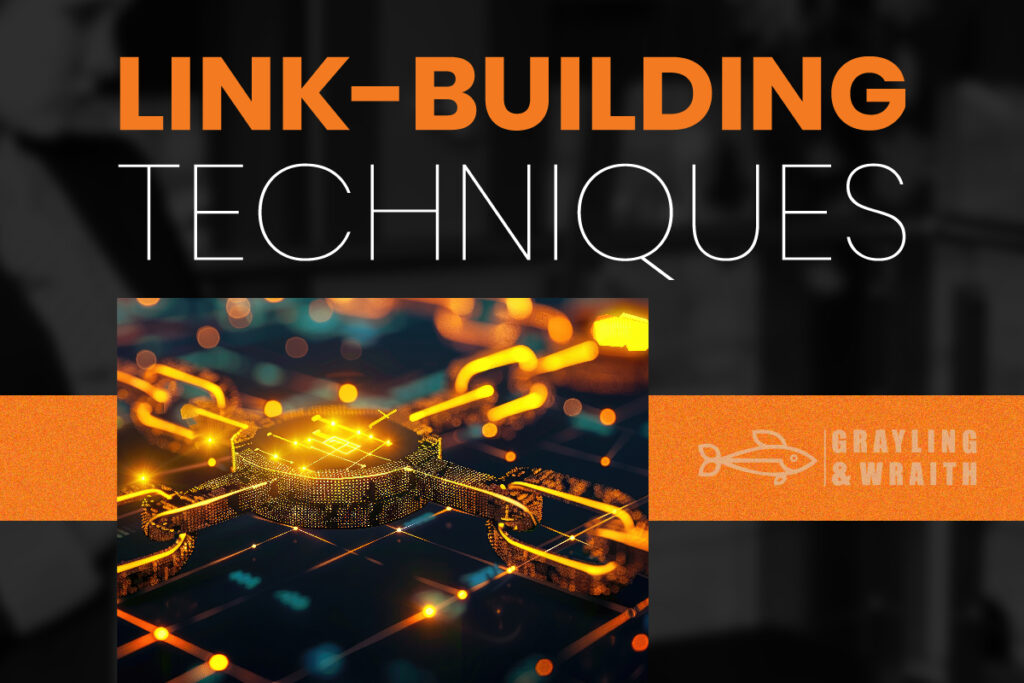
Advanced Link-Building Techniques
Backlinks in SEO: Experiencing a Paradigm Shift
Backlinks have always been important in search engine optimization. However, there has been a drastic change in approaches. While previously, it was mostly about building as many of them as possible, now it is only about high-quality ones. Modern search engines built using AI don’t just look for the number of backlinks. Instead, they focus on backlinks from sites that have authority and relevance to the topic. This change means businesses must adapt. It’s now more important to build quality backlinks than to develop many backlinks.
Current Trends:
- Quality over Quantity: Engines to determine the importance of the linking site. Thus, if a linking site has a good reputation, the link is more weighty. The factors that determine this include the domain rating of the site, the trust level of that site, and the type of business that site is involved in.
- Industry Relevance: The points earned for links in the body of pages related to your website’s topicality are much higher than those of unrelated themes. This implies that when building links, one should not contact any site to get a backlink but instead use a relevant, focused approach.
Using AI as a Boost to Link Building Process
Artificial intelligence can streamline the process of link-building. Automating these functions is efficient and improves the results of competitive analysis by analyzing competitors’ backlinks. It also efficiently looks for link opportunities and outreach.
AI-Powered Tools:
- Backlink Analysis: Conduct competitive backlink profile research and identify defects in your own using the assistance of AI tools. The tools allow you to search for high-quality backlinks that link to your competitors and design a strategy for acquiring them.
- Automated Outreach: Apply AI tools in the marketing research strategy to streamline and improve the outreach process. They can determine prospects’ interests and personalize outreach emails, respond to leads, and track interactions to ensure the productive flow of your link-building campaigns.
Blending AI with Traditional Link-Building Methods
Link building in AI is made easier with practical tools. However, the most effective method is a balanced approach. This involves using these tools alongside traditional link-building techniques. Networking, offering content contributions to other websites, and producing content designed to go viral are still crucial for successfully linking to other sites.
Comprehensive Strategy:
- Guest Blogging: Don’t stop writing guest posts for high-authority sites in your niche. Use AI to find new sites to post on. Guest blogging is not only meant to acquire backlinks from other websites but also to promote oneself and gain an overview from a new audience.
- Content Creation: Writers should be careful when producing high-quality content that attracts the necessary backlinks due to its self-explanatory nature. This includes images with data or fresh information, comprehensive manuals, surveys, and other forms of content likely to be referenced by different domains.

Using AI for Better SEO: Key Takeaways
Unlike earlier practices, SEO in the Age of AI goes beyond just asking, “Where are the keywords and the backlinks?” It’s now about knowing how to harness and deploy various AI technologies. These technologies enhance the value of the content created for your audience. Advances in keyword analysis, audience targeting, voice search application, semantic optimization, and SEO link building will help businesses stay visible in search engine rankings. This visibility, in turn, creates ongoing business opportunities.

